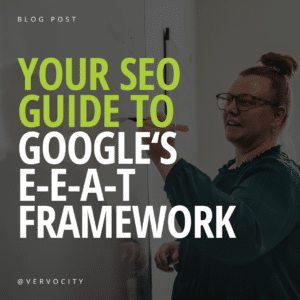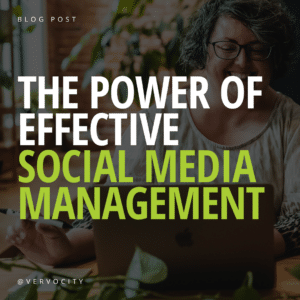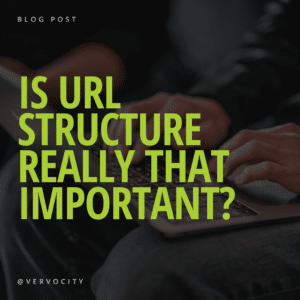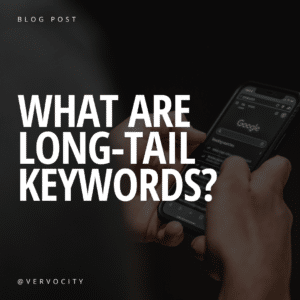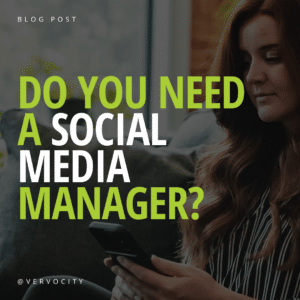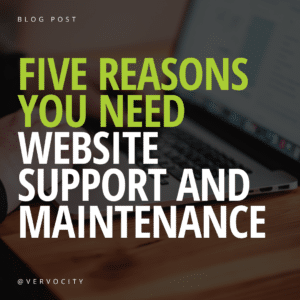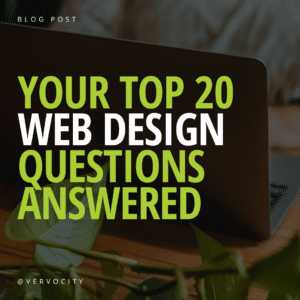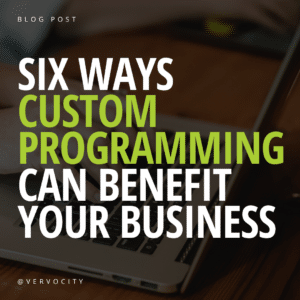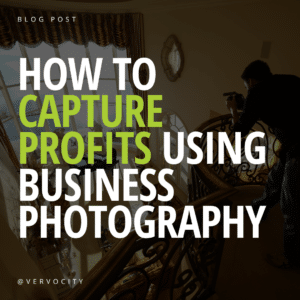If you are getting plenty of clicks to your website, but no conversions – the problem is probably your landing page. Do you even have a landing page? If you’re sending clicks to a generic “about us” or “contact us” page – you are likely missing out on sales and wasting the money you have spent for valuable clicks.
Before we get started, let’s briefly go over the purpose of a landing page. In short, a landing page is a standalone page that encourages consumers to complete a conversion when they land on it. They are designed to promote an action, such as purchasing a product or completing a task. This is the page customers are directed to right after they click on a digital ad or source. The information you provide is valuable, and customers should learn why. Creating an effective landing page can turn website traffic into qualified leads and sales.
WHEN TO USE A LANDING PAGE
Before starting any type of marketing campaign, it’s important to establish a goal. Do you want customers to purchase a product? Are you looking for more people to sign up for a newsletter? Are you trying to create brand awareness? Once you’ve established your goal, you can begin piecing together what it will take to achieve it.
Landing pages can be extremely effective, but it’s important to know when to use them. Certain campaigns may use a landing page to provide the consumer with specific information. Here are a few campaign examples where creating a landing page would benefit the goal:
- Pay-per-click (PPC) or online ads
- Special event ticket sales or information
- Product or service launch
- Customer information collection
- Offer promotion
One of the best parts about landing pages is that they’re versatile. They can act as the final landing location for conversions or as the middleman for completing a sales funnel. Whatever the goal may be, landing pages are most effective when they’re campaign-specific. Just make sure they’re customer-focused. You don’t want people to leave as soon as they get there.
WAYS TO MAKE A LANDING PAGE EFFECTIVE
1. Captivating Headlines
You only have a few seconds and words to captivate your audience. Make them count. Compelling headlines should be straight to the point and written to immediately catch your customer’s interest. For PPC ads, you’ve already paid for the click and know they’re interested, so don’t lose them at the headline of the page. Encourage them to want to learn more.
Find something that makes your business unique or solves a problem for customers, and then promote it in the headline. Remember, never ever use misleading, untruthful, or deceitful headlines to trick people into completing a conversion.
2. Layout
The layout and design of a landing page should be created with your customer in mind. Designate the page for a specific goal and avoid placing unnecessary links on the page. For example, don’t include your website’s navigation bar as it could cause customers to leave the page without completing the conversion. Excessive text or graphics could also cause customers to lose focus or become distracted. Focus on the offer or goal of the campaign, and don’t add unnecessary content not directly related to the intent.
Another rule of thumb for landing pages is to place important information like headlines, necessary content, and call-to-actions above the fold. This information should be visible on the screen without having to scroll down. The first impression is important, and many customers are unlikely to scroll completely down a page. By placing the most important messages and actions in the beginning, you’re targeting customers at their first glance.
Finally, incorporate mobile responsiveness into your design. You don’t want to exclude a large number of people by making the page difficult to read on their phone or tablet.
3. Clear Call to Action
Make it clear to customers what action they should take or what you want them to do. Do you want them to purchase a product? Or possibly sign up for a newsletter? Place call-to-actions on the page that direct customers to complete the action. Try to only use one call-to-action per page.
4. Speed and Simplicity
Your ad may have driven customers to your landing page, but a slow load speed will drive them away as quickly as they came. Consumers have become accustomed to instant-gratification, and they won’t want to wait around for your site to load. Before you publish your page, test the speed and load time.
One of the ways to avoid a long load time is to keep the page simple. Images and videos with large file sizes can bog down the page, causing either the media to stall or the entire page to not load properly. Compress large media files sizes and optimize them for web. Only include content, messages, media, or page elements that are important for the end goal. Keeping the page simple and concise will ultimately help the page speed.
Landing pages are powerful tools for conversions when created effectively. Not sure where to start? Give us a call! Our web specialists are ready to help you improve your campaigns and start driving conversions. Contact us today to get started.

